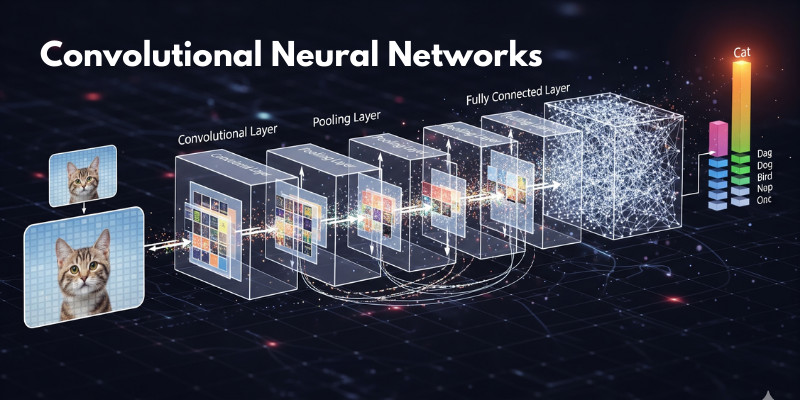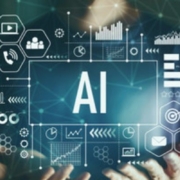A Conceptual Understanding of Convolutional Neural Networks
CNNs, or convolutional neural networks, are a potent class of artificial intelligence models that have revolutionized how computers interpret images. Whether it’s facial recognition, medical imaging, or autonomous vehicles, CNNs are the backbone of many modern AI applications. If you are looking to deepen your knowledge of these advanced AI concepts, enrolling in the Artificial Intelligence Course in Mumbai at FITA Academy can provide you with hands-on experience and expert guidance. In this blog, we’ll explore the core concepts behind CNNs and explain how they work in a simple, understandable way.
What is a Convolutional Neural Network?
One kind of deep learning model intended for processing and analyzing visual data is a convolutional neural network. Unlike traditional neural networks, which process data in a one-dimensional format, CNNs are specially structured to handle two-dimensional inputs such as images.
An image is made up of pixels, usually organized in rows and columns. CNNs look at small parts of the image at a time, much like how our eyes focus on one area before moving to another. This allows the model to capture patterns and features like edges, shapes, and textures.
How CNNs See Images
To understand how CNNs “see,” think of a photograph. When you look at it, you can easily recognize objects by observing their shapes and colors. CNNs do something similar. They scan an image piece by piece, using small filters to extract important details. These filters slide across the image, identifying simple patterns like straight lines or curves. Joining an Artificial Intelligence Course in Hyderabad can provide you with a greater grasp of CNNs and other AI technologies as well as practical insights if you’re interested in learning more about how these processes operate in depth.
As the image moves through the layers of the network, the model begins to recognize more complex features. For example, early layers may detect edges or corners, while deeper layers might identify eyes, faces, or entire objects.
The Role of Convolutional Layers
The most important part of a CNN is the convolutional layer. This layer applies filters to the input image to create feature maps. A feature map is a transformed version of the original image that highlights important patterns. These patterns help the network understand what is in the image without analyzing every pixel individually.
The convolutional layer focuses on local features. This means it looks at a small section of the image rather than the whole picture. This approach makes the model efficient and capable of learning faster.
Pooling Layers and Their Purpose
After the convolutional layer, the data is passed through a pooling layer. Pooling helps reduce the size of the feature maps while keeping the important information. This process helps the model become more efficient and reduces the chances of overfitting. These foundational concepts are essential for anyone studying AI, and taking an Artificial Intelligence Course in Chandigarh can assist you in delving deeper into these subjects by providing hands-on training and sessions led by experts.
Although there are other kinds of pooling, max pooling is the most widely used. It selects the highest value from a group of pixels, which helps preserve strong features while simplifying the data.
Fully Connected Layers and Final Predictions
Once the image has passed through multiple convolutional and pooling layers, the data is flattened and passed into fully connected layers. These layers operate like a traditional neural network and help the model make final predictions. For example, if the goal is to recognize regardless of whether an image features a cat or a dog, the fully connected layer utilizes the information collected to arrive at that conclusion.
Why CNNs are so Effective
CNNs are effective because they are able to learn directly from images with very little human input. They automatically identify which features are important for the task at hand. This ability to learn from raw data has made CNNs the go-to choice for many computer vision problems.
Moreover, CNNs are highly scalable. They can be used on small images for basic tasks or scaled up to handle complex visuals like satellite imagery or medical scans.
Convolutional Neural Networks are a key concept in artificial intelligence and machine learning. They allow machines to interpret images in ways that closely mimic human vision. By understanding how CNNs work at a conceptual level, we can better appreciate the technology behind many AI applications we use today. For those interested in diving deeper into this subject, signing up for an AI Courses in Lucknow is a great way to gain hands-on experience and expert knowledge.
No matter if you are a student, instructor, or AI enthusiast, learning the fundamentals of CNNs is a significant advancement in comprehending how intelligent machines perceive their environment.
Also check: AI in Manufacturing Automation and Industry







Leave a Reply
Want to join the discussion?Feel free to contribute!